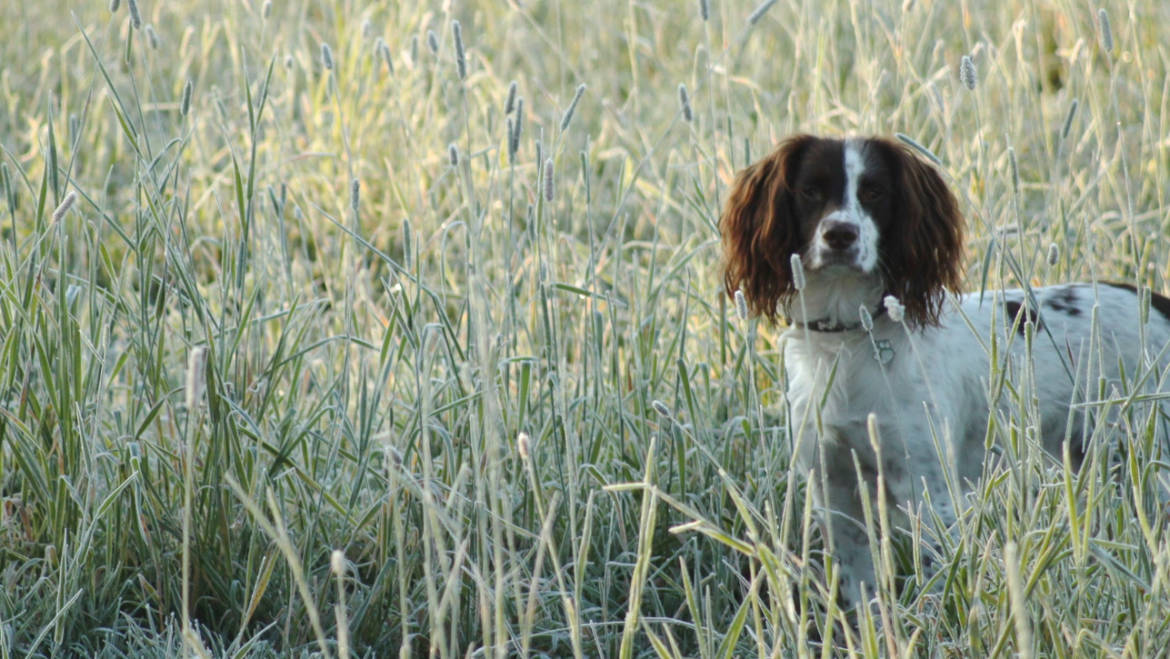Lameness (or limping) in dogs can be caused by several underlying reasons. Lameness is typically in response to injury or abnormal anatomy and your pet may or may not be in pain.
Lameness can affect just one leg or multiple legs and can be constant or come and go. It can be worse at certain times in the day, first thing in the morning, last thing at night, after exercise or after rest.
This guide contains expert advice from qualified and registered veterinary nurses to help you choose the best course of action for your pet and help answer your question; why is my dog limping?
Symptoms of lameness & common causes of lameness:
Symptoms and presenting signs
-
- Refusing to place any weight on the leg or limping
- Unable to walk or run normally
- Difficulty walking up or down the stairs or jumping into the car
- Pain and general signs of discomfort
- Loss of muscle mass around the affected leg
- Walking at a slower pace
- Not placing a paw on the floor properly (known as knuckling)
- Swelling or abnormalities around the joints.
Common Causes
- Trauma to leg, broken bones, torn ligaments, dislocation
- Infection
- Arthritis
- Inflammatory diseases
- Congenital abnormalities (present at birth)
- Bone cancer
- Hip or elbow dysplasia
- Wounds on the foot pads
- Insect sting
- Broken or damaged claw
- Over-exercising (overexertion)
- A stone or thorn stuck in the pads
- Nerve damage
- Genetic disorders.
A common cause of lameness in some breeds such as Labrador Retrievers and German Shepherd Dogs is Hip or Elbow Dysplasia. This is a genetic condition that causes the joint to become malformed. This causes lameness and pain from a relatively young age. Some dogs require surgery such as a hip replacement and some dogs may have to take medicine for the rest of their lives. Very often there is no cure, so careful management of the condition under the care of a vet can help improve the quality of the dog’s life. Most reputable breeders now do screening for the conditions to help reduce the chance of it being inherited.
- Lameness in older dogs
Lameness in older dogs is often due to arthritis setting in. This is a very common condition in older dogs and affects the joints, mainly the knee, shoulder and hips. Elderly dogs may benefit from nutritional supplements, anti-inflammatories and complementary therapies such as hydrotherapy, physiotherapy and acupuncture.
- Lameness in younger dogs
Lameness in younger dogs and puppies can be due to several reasons. One example could be over exercising – the bones and joints in puppies and young dogs don’t properly form until they are past puberty, so too much exercise can adversely affect their growth!
- Weight management
Weight management is very important when it comes to preventing your dog becoming lame and if you think your dog may be overweight you could call your registered vet for advice on this or contact your local vet practice and enquire about their weight clinic.
Diagnosis of lameness by your vet
Your vet will give your dog a thorough examination and take a full history from you. The vet will determine where your dog is most painful and check for any abnormalities of the bones or joints. Your vet may want to perform a few tests, including x-rays or even a blood test.
It will be important for a veterinary professional to know the age of your pet as there are specific complaints that affect puppies and young dogs and older dogs.
If the vet recommends an x-ray, then this will be performed under General Anaesthetic. This will allow the vet to move the limb about to get a good view without causing pain or discomfort. The dog will usually stay with the vet for a few hours and come home that same day depending on the diagnosis. When your vet has looked at the x-rays they will decide on the next course of action. Sometimes they may need to refer your dog onto a specialist vet such as an Orthopaedic vet or a Neurologist.
Treatment of lameness
The treatment of the condition will depend on the vet’s diagnosis.
Forms of treatment that can be managed at home could involve:-
- For minor causes of lameness (sprain) restricting your dog’s exercise, or complete rest for a few days is usually adequate.
- If the exact cause is not known, a period of exercise reduction together with anti-inflammatories and pain killers may be required to see if the lameness improves.
- Weight management if your dog is overweight and contributing to the lameness.
In-patient treatment could involve:-
- For more serious causes (broken bones, slipped discs) orthopaedic or neurological surgery is required.
Prevention of lameness
Lameness can arise during normal everyday activity.
- Serious injuries such as being hit by a car or falling from a height can be avoided by keeping your dog on a lead until it is safe to let them off.
- Be aware of genetic issues that affect some pedigree breeds.
- Keep an eye on your dog’s weight.
- Inspect their paws and pads regularly and remove any debris.
- Use foot covers or a barrier ointment on the pads during the winter months to stop the salt and grit hurting them.
- Limit how much you exercise a dog that is still growing to prevent joint problems.
- Elderly dogs need less exercise and if you notice them slowing down seek veterinary advice in the first instance.
- You may want to consider using nutritional supplements that contain glucosamine or chondroitin to help support the joints as the animal ages.

